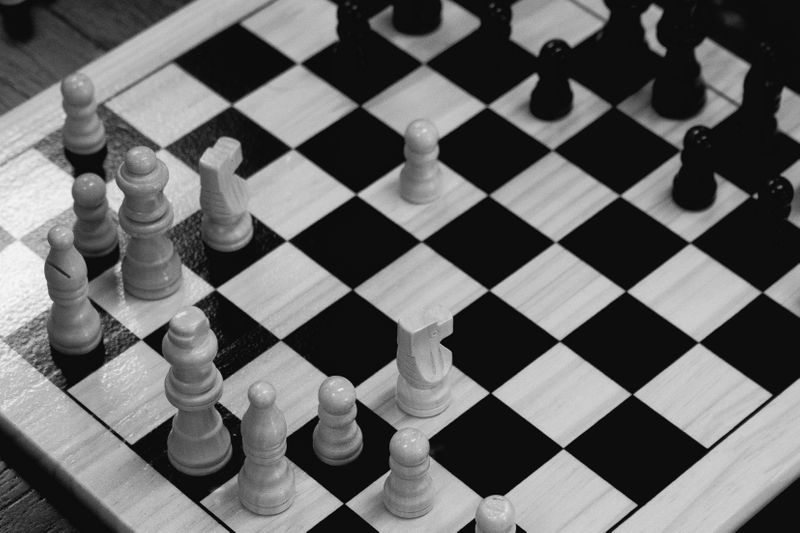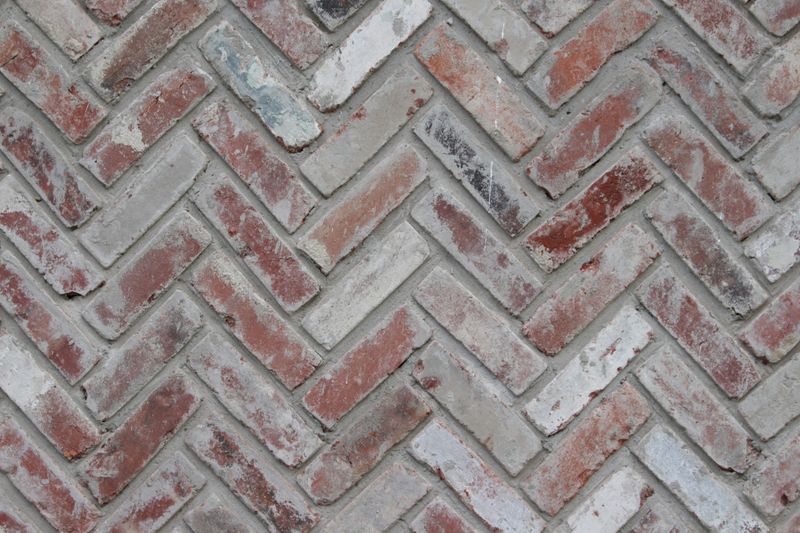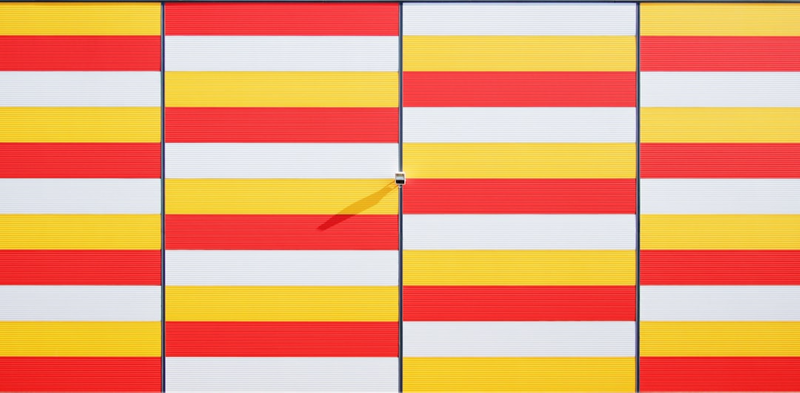 Photo by lowendsbrokethewindow on Unsplash
Photo by lowendsbrokethewindow on UnsplashThe world is full of patterns. You can find patterns in nature, architecture, and art — just like the chessboard seen here! Seeing patterns in things around us is "a key mathematical habit of mind." Learning about patterns and how to recognize them will help you "predict what will come next and make sense of [the] world."
Defining Patterns
 Photo by Jarrod Reed on Unsplash
Photo by Jarrod Reed on UnsplashA pattern is something that repeats according to a specific rule.
Stories, dances, and even chants have predictable patterns that repeat. For example, a simple song like "Head, Shoulders, Knees, and Toes," has a predictable pattern. First, you touch your head, then your shoulders, followed by your knees and toes, repeating this pattern throughout the song.
Patterns in math can be numbers, colors, shapes, or operations. For example, counting by 2's (2, 4, 6, 8,... etc.) has a predictable pattern. You start counting at 2, then add 2 to reach 4, add another 2 to get 6, and continue in this pattern.
When trying to find patterns, look for...
Objects that repeat
An object that grows by the same amount each time
Objects that have a common center
A symmetrical object (one side is the same as the other)
Quiz
In the sequence 3, 6, 9, 12, what would be the next three numbers in the pattern?
Repeating Patterns

When searching for repeating patterns, focus on parts that repeat.
In the picture above, the colors yellow, red, and white repeat in the same order throughout. This pattern works both vertically and horizontally!
Here's another example:

The repeating or reoccurring pattern is red, blue, and green.
Quiz
What other repeating pattern(s) do you notice in the example above?
Growing Patterns

When looking for growing patterns, look for patterns that "keep increasing or decreasing by the same amount."
In the picture above, the blocks increase by one on each column. The first column begins with one block, the second column has two blocks, the third column has three blocks, and so on.
Other growing patterns:
Counting in an increasing or decreasing order (1, 2, 3 or 3, 2, 1)
Skip counting in an increasing or decreasing order (2, 4, 6 or 6, 4, 2)
Performing a repeated operation (multiplication, division, addition, or subtraction)
Suppose you're given this table:

Can you find the pattern?
The left column increases by 1 (1, 2, 3, etc.)
The right column increases by 3 each time
 The growing pattern is that the right column grows by 3.
The growing pattern is that the right column grows by 3.
Symmetrical Patterns

When looking for symmetrical patterns, look for "segments that repeat but instead of repeating in a line, the segments are the same when flipped, folded, or rotated."
In the picture above, the star shape can be folded along the thick black lines in the center so the triangle pieces will overlap perfectly.
How to spot symmetrical patterns:
Objects that can be separated into equal parts
Objects that are mirror images of themselves (like a butterfly)
Quiz
In the star shape above, can the star be flipped or rotated and remain symmetrical?
Concentric Patterns

When looking for concentric patterns, look for "circles or rings that grow from a common center."
In the picture above, the circles grow bigger from the smaller center circle.
How to spot concentric patterns:
Look for circle patterns that begin with a small circle and grow bigger (like ripples on a pond or a target)
Quiz
You think there is a pattern within a flower you found while on a nature walk. How can you be sure? Select all methods that will help you find patterns in the flower:
Take Action
 Photo by Sebastiano Corti on Unsplash
Photo by Sebastiano Corti on UnsplashStart looking for patterns in everyday life. You'll find them everywhere!
Repeating patterns in a cobblestone walkway
Growing patterns in flower petals
Concentric circles in an onion
Symmetry in the letters of the alphabet
Your feedback matters to us.
This Byte helped me better understand the topic.

